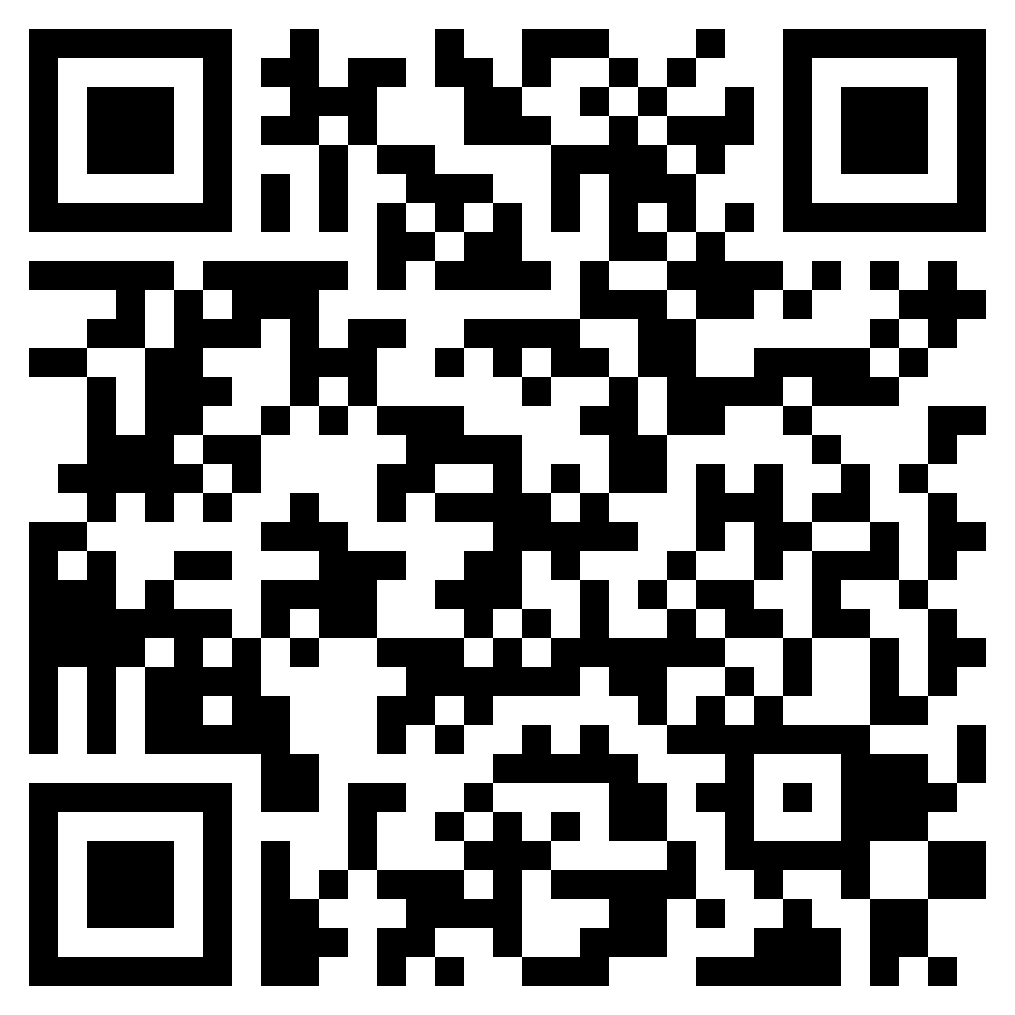 Articles
| Open Access |
DOI:
https://doi.org/10.55640/eijmrms-02-11-33
Articles
| Open Access |
DOI:
https://doi.org/10.55640/eijmrms-02-11-33
LALIFORNIA RED WORM ENHANCEMENT OF THE IMMUNE SYSTEM IN HUMAN DISEASE SERUM PRODUCTION
Z.A. Nurova , Associate Professor Of The Termiz Branch Of The Tashkent Medical Academy, Uzbekistan Urozova Zarina Urmonovna , Student Of The Medical Faculty Of The Termiz Branch Of The Tashkent Medical Academy, Uzbekistan Xushvaqtova Osiyo Asadullayevna , Student Of The Medical Faculty Of The Termiz Branch Of The Tashkent Medical Academy, Uzbekistan Odilov Ramziddin Dilshod O’g’li , Student Of The Medical Faculty Of The Termiz Branch Of The Tashkent Medical Academy, Uzbekistan Haydarov Jamoliddin Rashidovich , Student Of The Medical Faculty Of The Termiz Branch Of The Tashkent Medical Academy, UzbekistanAbstract
The human body is constantly adaptable to the external environment, and receives 45% of the energy it needs from the external environment, 15% from the immune system, 20% from the health environment of the family, and 20% from changes in the ecological system. Therefore, since the external environment has a small influence on the stimulation of the human immune system, it is possible to feed and increase the immune system from animal sources, change antibody-producing cells, and directly and indirectly stimulate the immune system of the spleen.
Keywords
References
N.K.Belamurov. “Полезные калифорниские черви” Москва 2020 год
Ч.Н.Виноградский Почвоведение и биогумос Москва 2018 год
В.В.Кауричев “Почвоведение” Москва 1998
Internet saytlari: https://mymedic.uz
Article Statistics
Downloads
Metrics
Copyright License
Copyright (c) 2022 Z.A. Nurova, Urozova Zarina Urmonovna, Xushvaqtova Osiyo Asadullayevna, Odilov Ramziddin Dilshod O’g’li, Haydarov Jamoliddin Rashidovich

This work is licensed under a Creative Commons Attribution 4.0 International License.
Individual articles are published Open Access under the Creative Commons Licence: CC-BY 4.0.

